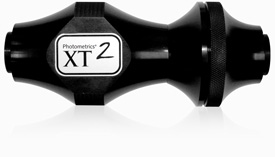
Collimating Emission-Port Adapter
It is often necessary to use devices such as filter wheels and LCTFs on the emission port of a microscope. Optical devices that are placed in the focusing beam produce a series of errors, including parfocality and bandpass variation. These imaging challenges can be corrected with the XT2 collimating emission port adapter.
Key Features
- Two-piece optical adapter creates 1–4″ of collimated (infinity) space at the emission port of microscopes
- Enables addition of filter wheels and other emission devices without the associated aberrations found when these devices are placed in focusing space
- Provides “extra space” at microscope emission port for installation of instrumentation such as filter wheels and liquid-crystal tunable filters (LCTFs)
- Flexible enough for use with a variety of optical devices with C-mounts
Primary Applications

Parfocality
Any time a flat piece of glass (e.g., an emission/barrier filter) is inserted in a focusing beam, the beam will no longer focus at its original location; instead, the location of the focal plane will be shifted. The amount of shift will depend on the thickness of the filter as well as the index of refraction of the glass used to make the filter. This focal-shift error destroys parfocality between the detector and the eyepiece. However, when collimated light passes through an emission filter, the focal plane is not shifted.
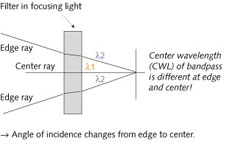
Bandpass Variation
The bandpass of a filter varies with the angle at which light hits it. When a filter is placed in a focusing beam, the light at the edge of the beam hits the filter at a different angle than the light at the center of the beam. As a result, there is a variation in the center wavelength (CWL) of the filter bandpass for different parts of the beam.However, when collimated light passes through a filter, all rays strike at the same angle, eliminating bandpass shift.
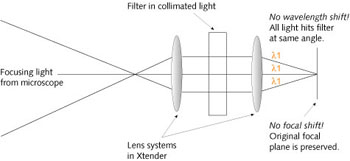
The Solution
The Teledyne Photometrics XT2 is a two-piece optical adapter that creates collimated space at the emission port of a microscope, thus allowing the addition of other optical devices without sacrificing performance or introducing optical aberrations.

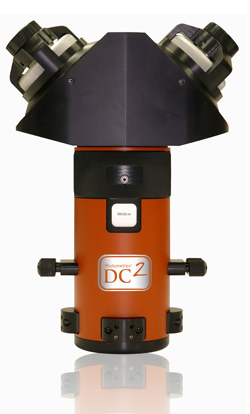 DC2 Multichannel Imaging System
DC2 Multichannel Imaging System
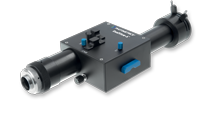 DVΛ Multichannel Imaging System
DVΛ Multichannel Imaging System
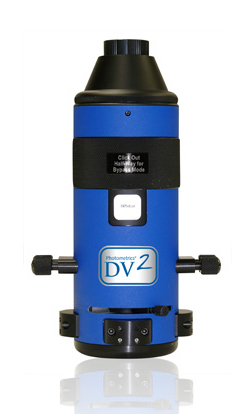 DV2 Multichannel Imaging System
DV2 Multichannel Imaging System